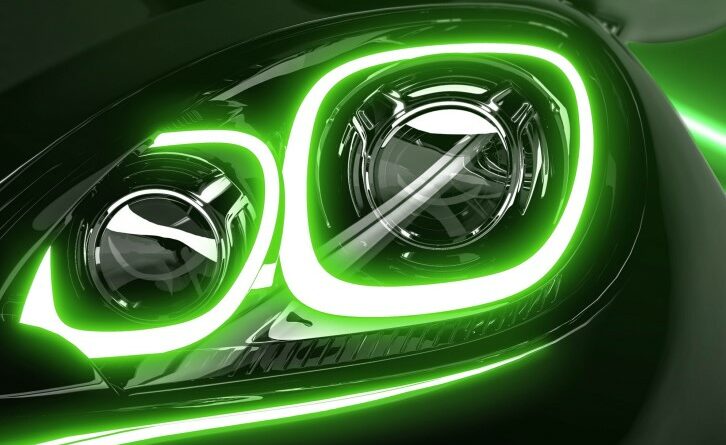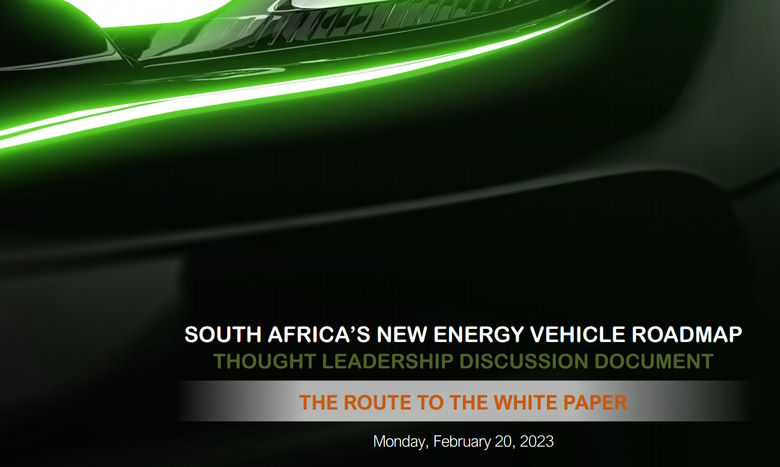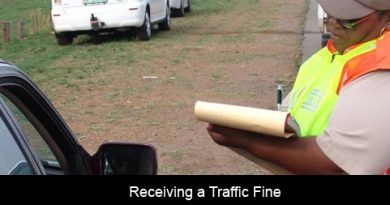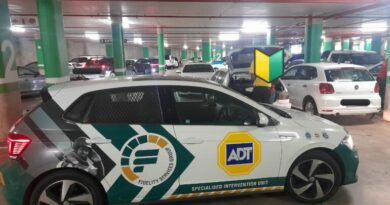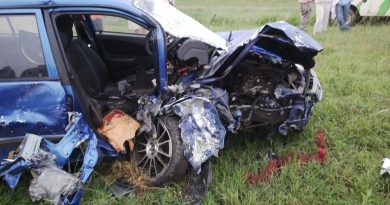A Thought Leadership Discussion Document on New Energy Vehicles.
Monday, February 20, 2023: naamsa | The Automotive Business Council has today released to the public, its much-anticipated thought leadership discussion document on New Energy Vehicles [NEVs] for South Africa.
naamsa CEO Mikel Mabasa said that the automotive industry understands and appreciates that the introduction of NEVs is not just about replacing the traditional internal combustion engines with new technologies but also about the important role the auto industry plays in decarbonising road transport in achieving carbon neutrality by 2050. According to the International Energy Agency [IEA], transport contributed in 2020 to 37% of the global CO2 emissions from end-use sectors, while road transport [cars, trucks and buses] accounted for 76% of the total transport sector. As a result, 28% of the global CO2 emission is, according to the IEA, attributed to the road transport sector.
“The global transition towards NEVs is a critical step to secure the future of the automotive industry in South Africa. Our rapid adoption to newer technologies is critical for the domestic automotive industry’s long-term success and growth. The only way to have a successful automotive manufacturing base is to keep up with technological developments’, said Mabasa. He said that “the South African automotive industry cannot be running on one development technology track whilst the rest of the world is way ahead on the same track. If we want to remain globally competitive, we have no option by to play with the big global players who are leading the NEV charge”.
“Regrettably, South Africa has been painfully slow in finalising its governance and policy transformation priorities. We need to urgently enhance existing auto policies to facilitate a high-yielding business environment, including developing an attractive fiscal and regulatory framework that makes South Africa a highly competitive and compelling location for NEV production” Mabasa reaffirmed.
“The rapid technological advancement in the automotive industry and the global commitment by world economies to a greener future, mean the evolution in vehicle production will rapidly develop in the next 10 years, far more than it did in the last 100 years. This evolution requires a clearly thought out public policy regiment and prudent fiscal planning”, Mabasa said.
naamsa said that South Africa drafted and delivered the NEV Green Paper that was publicly announced in Parliament by the Minister of Trade, Industry and Competition [the dtic] on May 18, 2021. Subsequently, the dtic made a policy pronouncement that a White Paper would be delivered in October of the same year but this was never practical nor feasible without any substantiated NEV transitional requirements in place to stimulate NEV demand and/or to manufacture NEVs in South Africa.
Today the auto industry is pro-actively releasing the comprehensive NEV Thought Leadership Paper to support and strengthen the country’s long-term strategy towards NEV. The industry is a partner who would progressively and consistently support the development of relevant transitional measures for NEVs that would lead to the finalisation and delivery of the NEV White Paper. “As the President hinted during his State of the Nation Address at the beginning of this month, we are all eagerly waiting in anticipation for the National Budget Speech announcement to inform the NEV Roadmap going forward. Once there is a clear policy directive and commitment from Government, this should allow all our OEMs to act with speed and for the dtic to finalise an NEV White Paper without further delays.
Reflecting on the NEV performance, sales showed a significant year-on-year increase of 431,7% from 896 units in 2021 to 4,764 units in 2022 but still remain negligible as a percentage of total new vehicle sales. The following table reveals the diversity of drivetrain sales in the SA NEV landscape from 2018 through to 2022.
| Year 2018 | Year 2019 | Year 2020 | Year 2021 | Year 2022 | |
| Plug-in hybrid | 89 | 72 | 77 | 51 | 122 |
| Traditional hybrid | 55 | 181 | 155 | 627 | 4,050 |
| Electric | 58 | 154 | 92 | 218 | 502 |
| Total NEVs | 202 | 407 | 324 | 896 | 4,764 |
| % of total new vehicle sales | 0,04% | 0,08% | 0,09% | 0,19% | 0,88% |
The naamsa Thought Leadership Document has found that consumers are becoming smarter and technologically more educated and are demanding newer technology vehicles at a modest price. However, despite lower running costs, the high upfront purchasing cost of NEVs [linked to higher production costs, mainly related to battery production] has been the main inhibitor to increased NEV uptake in South Africa. This is exacerbated by the effects of the value-added tax [VAT]; the ad valorem excise duty based on a sliding scale up to 30%, and the import tariff; limited product availability; and awareness issues emanating from range anxiety, security of electricity supply and a limited understanding of the technology.
The fundamental challenge to NEV market growth in South Africa is the uncompetitive pricing of NEVs relative to ICE vehicles. The average international pricing gap for NEV models relative to their ICE equivalents is 12% for hybrids, 43% for plug-in hybrids, and 52% for battery electric vehicles. Due to their high upfront cost, NEVs are furthermore penalised by the high interest rate associated with vehicle finance in South Africa.
If the South African market were forced to transition to NEV consumption without any form of incentivisation and these price differentials were forced to be borne by the consumer, the domestic vehicle market would contract substantially, massively damaging the South African automotive industry.
Given the price sensitivity of the South African market, as exhibited by its price elasticity profile and the substantial levels of subsidisation required to equilibrate NEV and ICE vehicle pricing, the most appropriate incentive model to support the transition to NEV consumption in the South African automotive market appears to be the provision of a direct, fixed NEV purchase subsidy. The value of the subsidy will be determined by the type of NEV being subsidised. An incentive of this kind would optimise support for entry level NEVs, with less benefit for more expensive NEVs. If the South African vehicle market were to transition NEV sales equal to 20% of the total market in 2025, 40% in 2030 and 60% in 2035, the profile of NEVs sold is likely to shift quite dramatically over the period. Hybrids would likely dominate in the period to 2025 [10% of the 20% total], with plug-in hybrids and battery electric vehicles ending the period in a similar market position [5% each].
The transition to eco-friendly vehicles via government regulation, the pricing of carbon in the form of a tax on ICE vehicles, government-provided consumer incentive schemes, the availability of charging infrastructure, and an even stronger environmental consciousness among society in the EU are driving developments in the domestic automotive industry to a large extent.
The detailed NEV Thought Leadership Document is attached to this press release and also available on naamsa.co.za.

